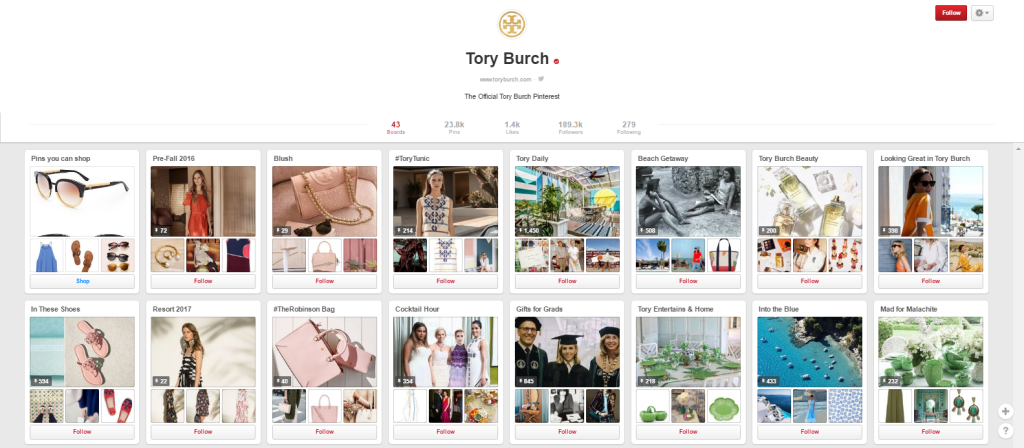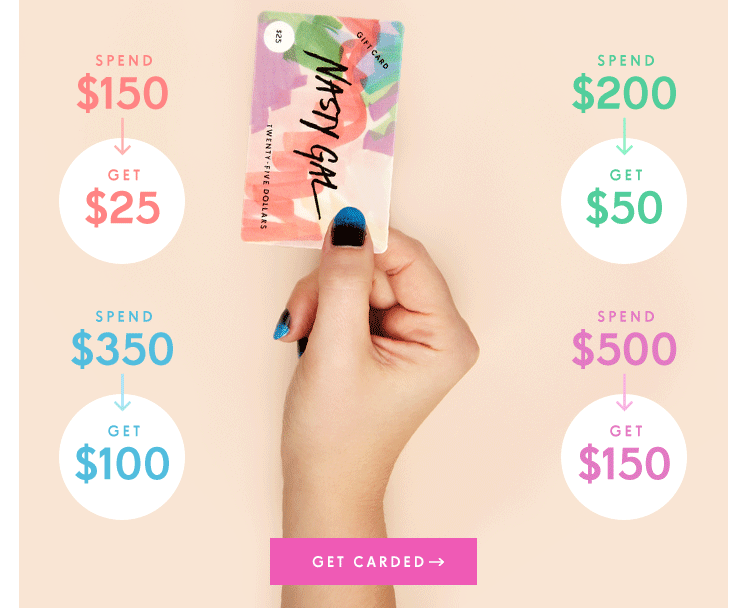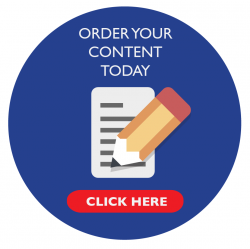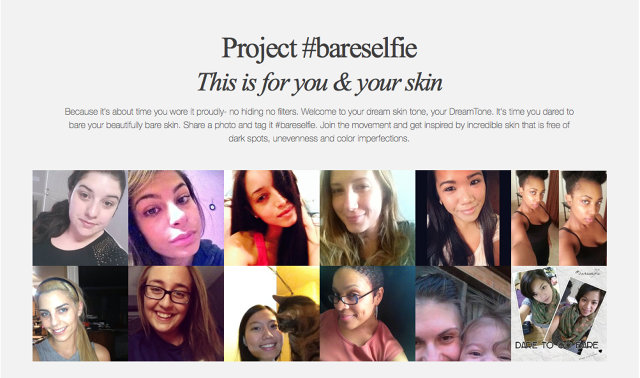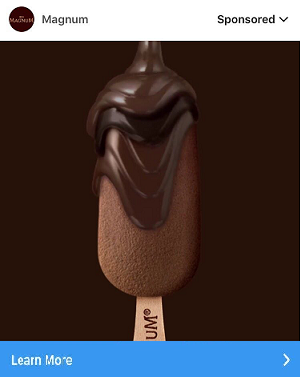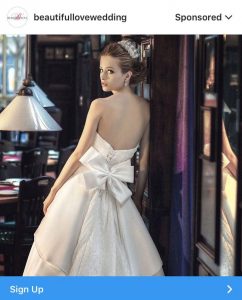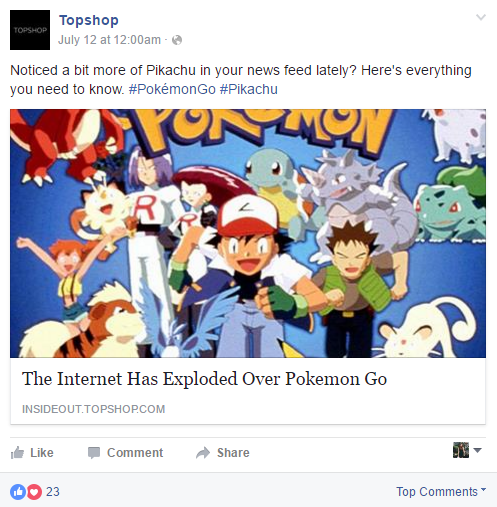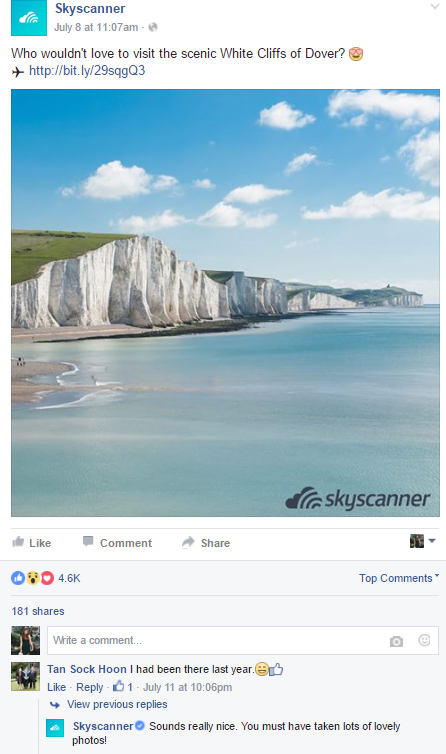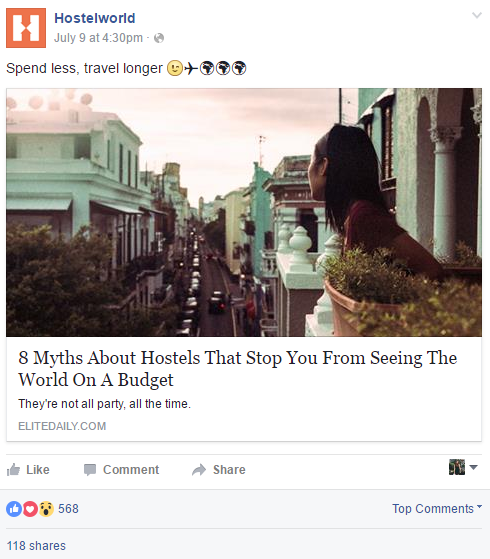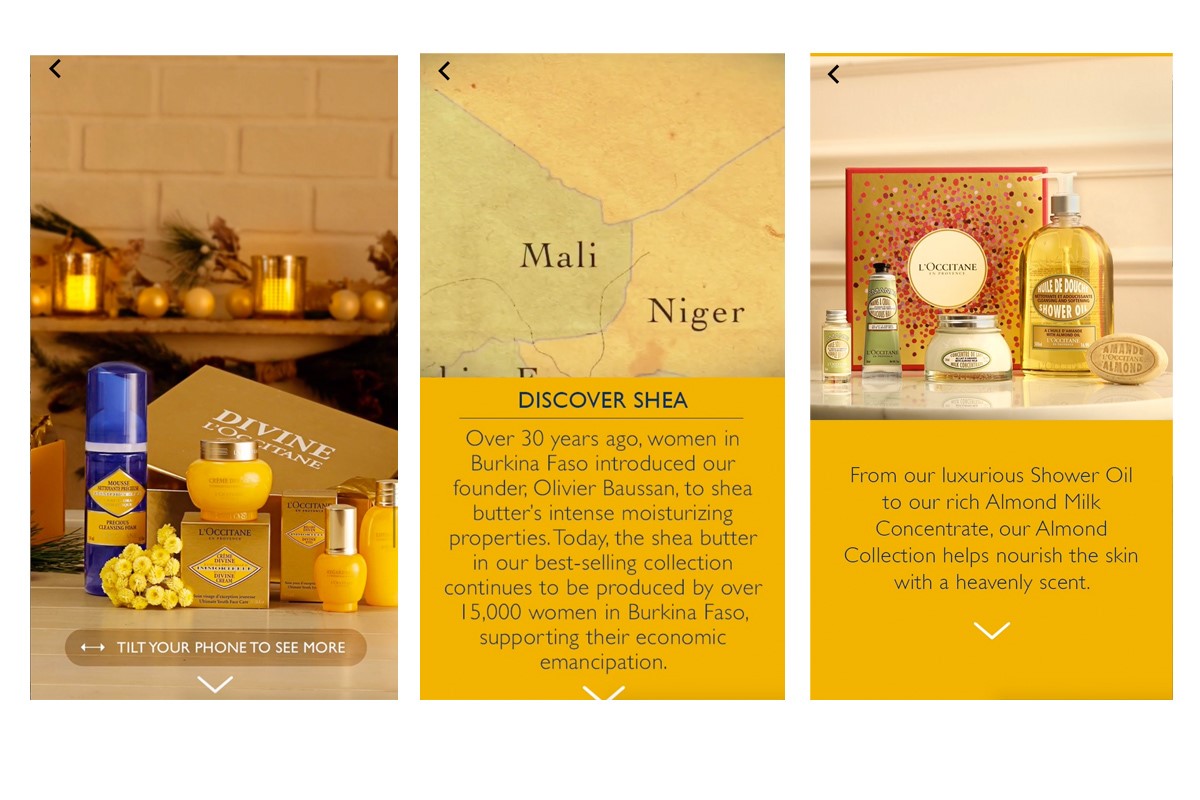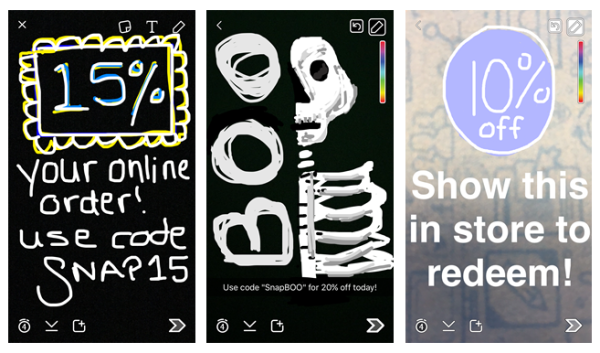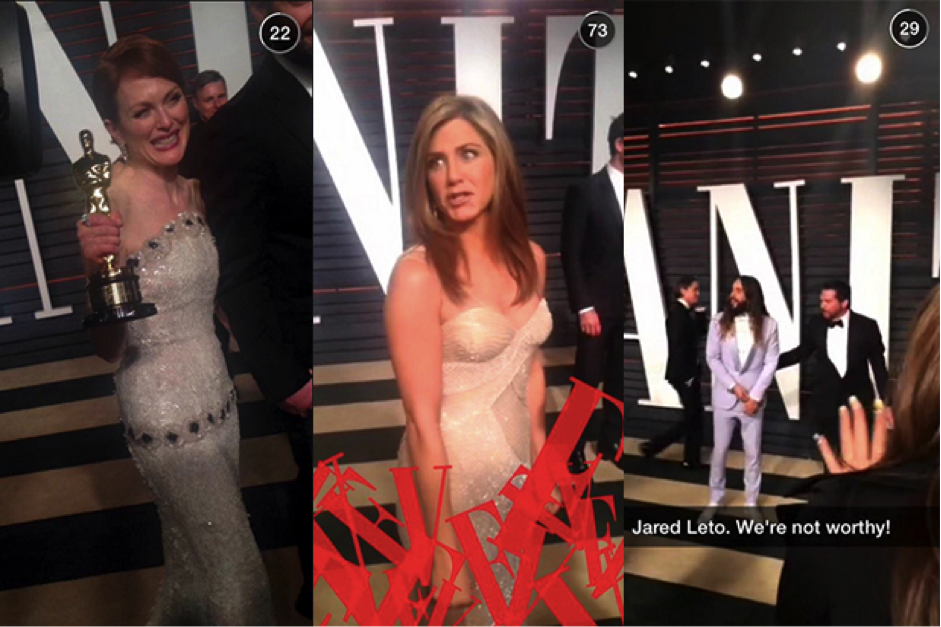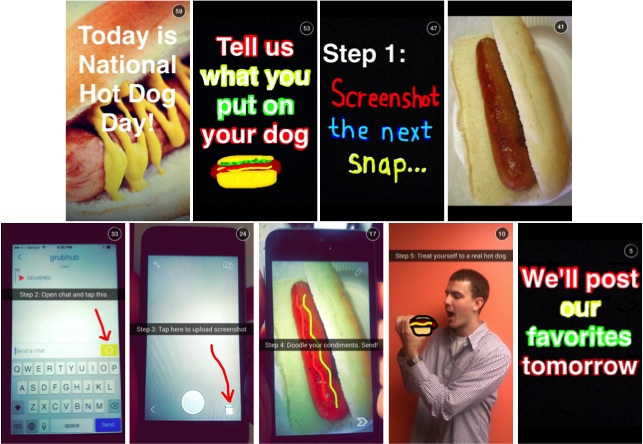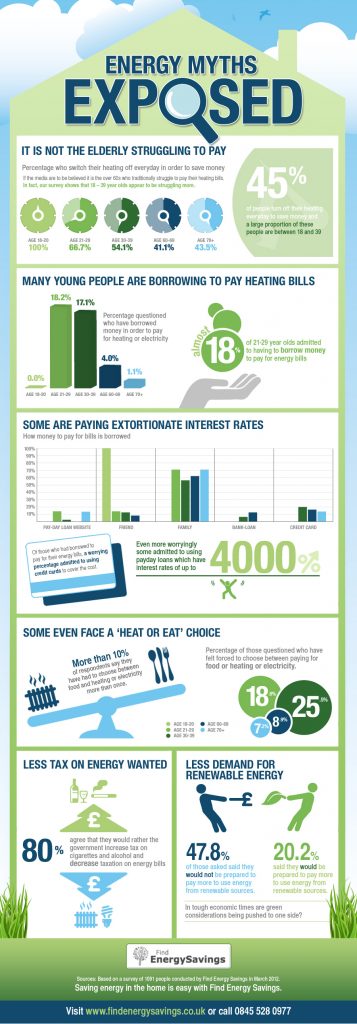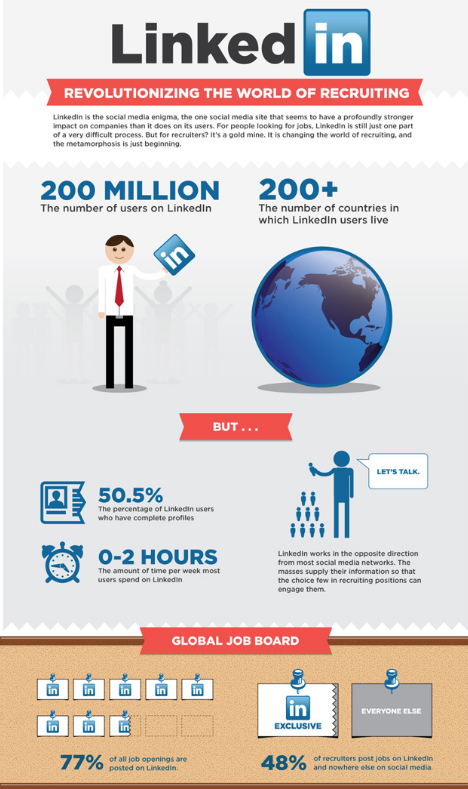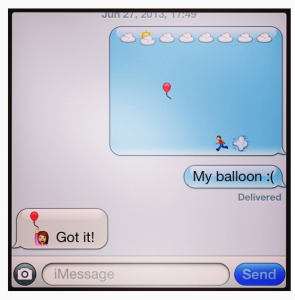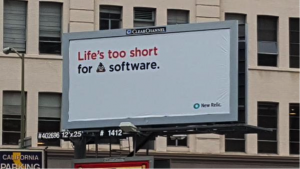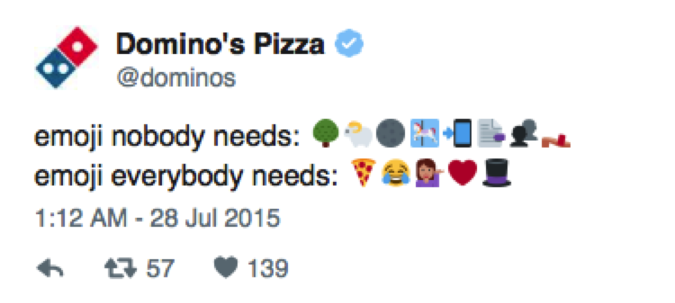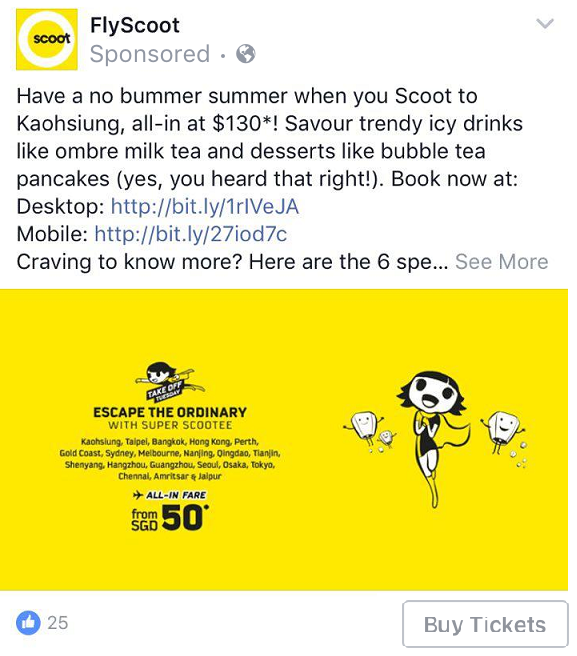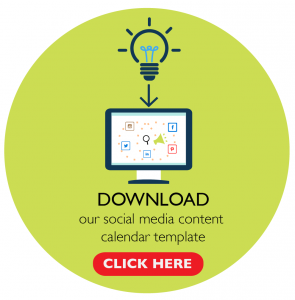It’s the age of the visual culture which means more visual content. With shortening attention spans, marketers and content creators have to constantly think of new ways to capture our attention. According to an article published by Hubspot this year, coloured visuals increase willingness to read a piece of content by 80%.
You’re definitely on the right track if you’ve been integrating visuals into your content strategy, but when does an image work better over a video?, or a GIF over an image?
Images
With social networks becoming increasingly image-centric, it shouldn’t come as a surprise that brands should be including high-definition images in their marketing mix. Images are visually-captivating and easily shareable.
When should I use images?
Besides images being easily shareable on social media platforms like Facebook and Instagram, Pinterest is another brilliant image-sharing medium with 100 million daily active users. The shift to visual content is clearly emulated here as brands can ‘pin’ beautifully captured images to their ‘boards’.
Tory Burch, an international fashion brand, has had success in marketing their products through images on Pinterest. With almost 200,000 followers, the brand’s images on Pinterest are carefully curated and categorised.
GIFs
Remember the moving photos in photo-frames and newspapers in the hit movie series, Harry Potter? Well, the brilliant invention of the GIF brought us a step closer to the wizarding world! GIFs are the hybrid between images and videos. They move, of course, but they’re not as lengthy as videos. Because they’re short and have no sound attached to them, GIFs are easy to digest. A GIF typically focuses on a specific moment in a larger picture. GIFs are also cheaper to produce than videos and take up less resources.
When should I use GIFs?
GIFs work best in e-newsletters. They are quirky and provide marketers with the opportunity to draw attention to specific products. Here is an example from an email sent out by NastyGal, an online clothing store, to promote their gift card:
Videos
According to a report published by Cisco, video will account for 69% of all consumer internet traffic by 2017. You don’t need a host site like YouTube to publish videos because you can now post directly to social media sites like Facebook and Instagram. These platforms have become more video-friendly, with Facebook pushing out Facebook 360 and Instagram allowing longer video posts.
When should I use videos?
Videos are great pieces of marketing and allow brands to tell their stories in more comeplling ways. A video is more immersive and offers viewers a more engaging experience. With YouTube amassing 4 billion daily views, your brand’s online reach is endless. Always consider the audience you are trying to reach out to and make sure you get your message across articulately. Creativity is a must! GoPro’s YouTube channel has more than 4 million subscribers. What makes the brand so popular? Their videos are cleverly grouped into several categories that showcase the different uses of its main product. Here is an example:
It’s great to integrate images, GIFs and videos into your content marketing strategy but remember not to overdo it. The last thing you want is to overwhelm people and have them flag your content as spam.
Get in touch with us at [email protected] for all your content needs.

